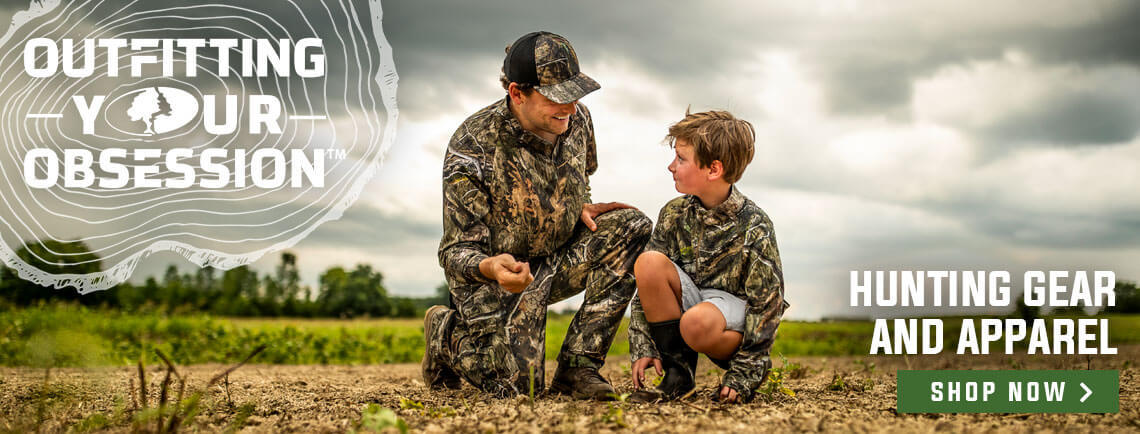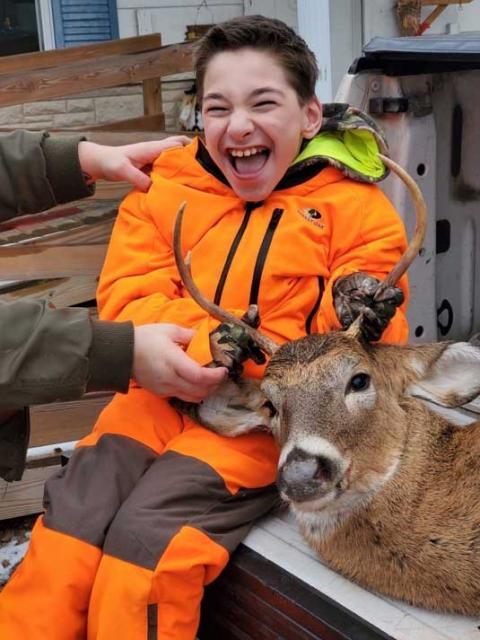Deer hunters are a peculiar breed. We are obsessed with all things deer — even deer poop. There are as many opinions on deer droppings as there are deer hunters. Of course, there is no topic off-limits around the fire at deer camp, and poop, in particular, is a popular topic. How do you know if the deer camp experts are right or full of crap? Let’s check the facts.
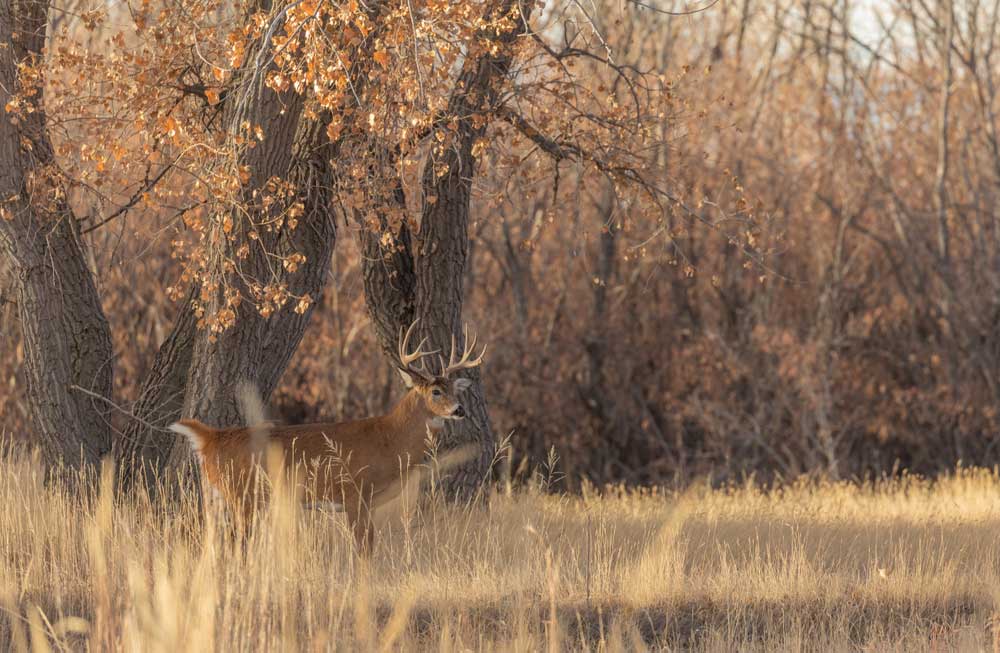
Can you tell by the shape of deer droppings if they were left by a buck or doe?
Some hunters will argue that a buck pellet is different from a doe pellet. Science would disagree. According to biologists, both a buck and doe have the same shape of pellet.
How do you tell the difference between rabbit and deer droppings?
Deer pellets are more elongated than round rabbit pellets. Deer pellets are usually pinched off on one end and have a tiny indentation on the other. Rabbit pellets have a dull appearance and rough texture compared to deer pellets.
Will deer droppings tell me if a buck or doe is in the area?
Technically, the answer is yes. In this case, it is not the shape or size of the pellet that determines the sex of the culprit that left the pile; it’s the size of the pile. Does generally leave around 50 to 60 pellets while a buck will leave 70 to 80. At first glance, it is hard to tell how many pellets are in a pile, but if you really want to know, you can always count them.
Can I get sick from contact with deer poop?
The potential is there, but it is not common for humans to get sick from contact with deer droppings. The risk of E. coli transmission is low but possible. Deer scat can transmit chronic waste disease (CWD), but it is currently unknown how large a role it plays in the spread of CWD.
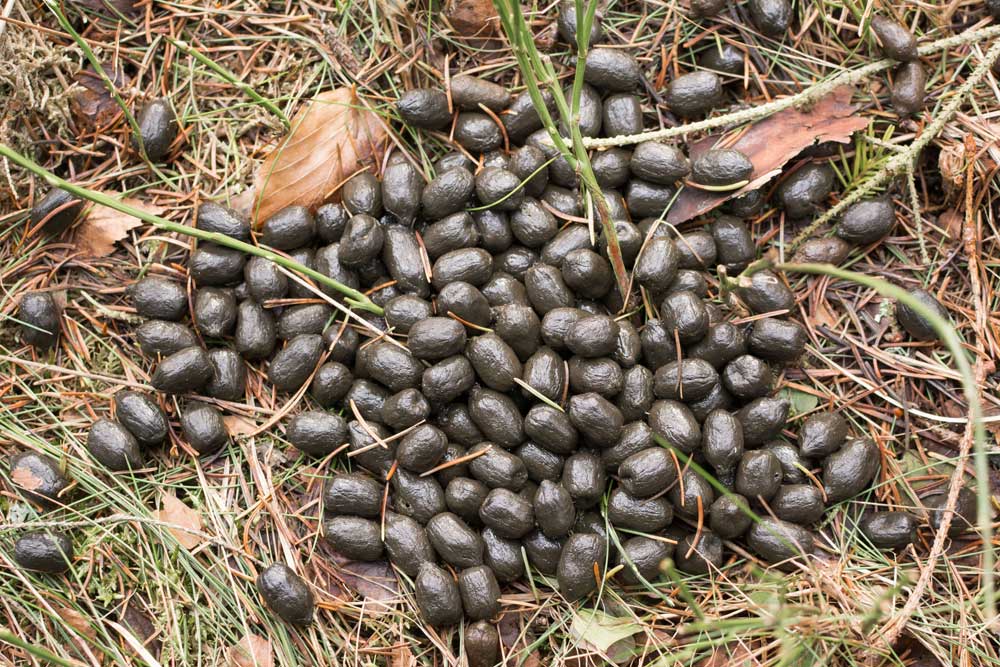
Do deer poop often?
Compared to humans, the answer is a definite yes. Biologists have confirmed that, on average, a deer will use the facility in the fall and winter around 10 to 15 times a day. When you consider that does travel together, that can be a lot of poops in a single day’s time. Spring and summer are even more impressive when you consider they go 20 to 30 times a day.
During the fall and winter months, deer enter the breeding season. They spend much of their waking hours chasing or being chased, so they tend to do their business less often. Things calm down during the spring and summer, and deer tend to poop more often. If you have ever asked “What do deer eat in the winter?” and how can I tell what that is? The answer is that winter droppings are individual round droppings, indicating they are concentrating on browse such as acorns, leaves and twigs.
Fawns don’t poop where they sleep.
This is Mother Nature at its finest. Not only do fawns not produce scent, Mother Nature’s way of helping them avoid predators is that fawns only feel the urge to poop when they are nursing. The mother doe will only nurse the fawn when away from bedding areas and hiding places.
Mother Nature takes fawn survival to a whole new level when the doe eats the fawn’s droppings. This ensures that no scent trail is left behind for predators to follow. Knowing that predators can detect the scent of the mother doe, she will hide the fawn and leave it there until it’s time to nurse again. This prevents a predator from tracking down the doe and finding its helpless fawn.
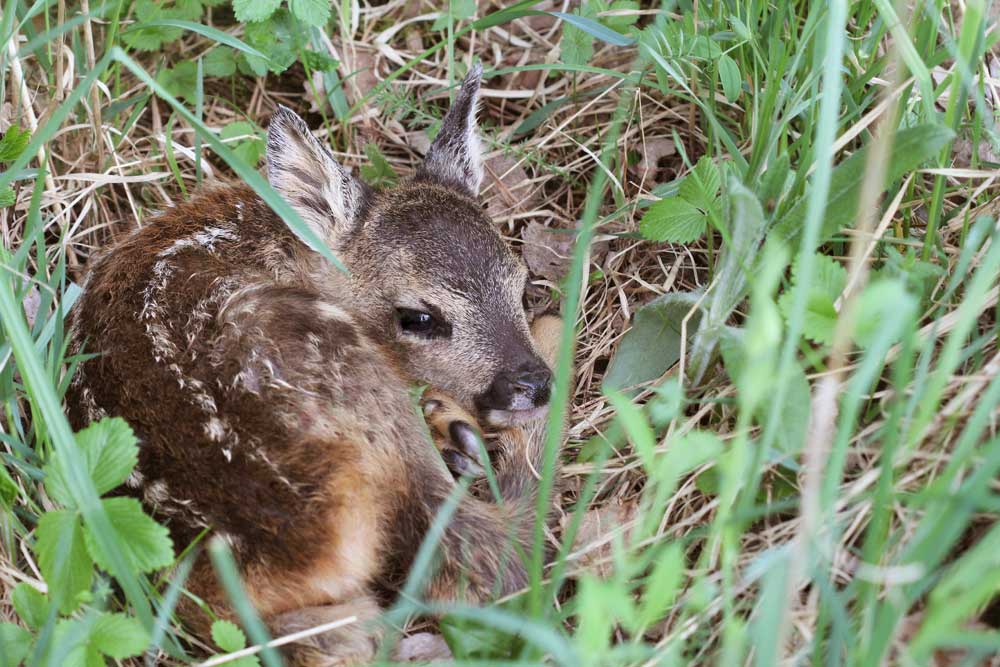
Can deer poop help me harvest a deer?
If you take notice of the deer droppings in your area, yes it can. If you notice moist brown pellets, you still have deer in your area. Of course, the more piles, the better. If all you see are dry, hard black pellets that seem to have been there forever, the deer have moved out of your area. Use common sense when scouting for deer droppings. If it has been unseasonably warm in your area, deer pellets will age faster.
Can deer droppings tell me if I am in a bedding area?
The answer is a definite yes. If you are in a wooded area and notice piles of deer droppings all over the place, you are in a bedding area. If the piles are fresh, then they have recently used that area to bed.
Likewise, you can use deer droppings to help find feeding areas. If you are in an open field or meadow and find multiple piles of deer droppings, you are in an area where deer have been feeding. This is useful information, even when hunting the best food plot for deer. Set your deer decoy up in the middle of the largest concentration of deer droppings. Make sure your blind or stand is downwind, and you’re all set.
Ready for Deer Camp
Armed with all this deer-dropping knowledge, you are ready to start the annual poop conversation around the firepit tonight. As fun as that may be, keep this information top of mind the next time you’re in the field. It may give you the edge you need to drag that big buck into camp. Do that, and the poop conversation suddenly gets more serious.

